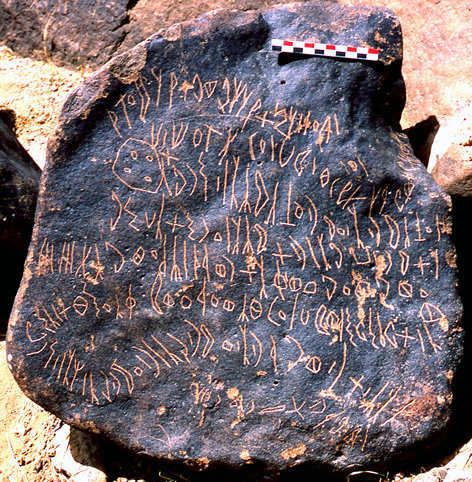You must log in or register to comment.
I think the most interesting thing about Safaitic is the parallels it has with modern Levantine dialects.
Qaf ق becoming a glottal stop ء
Ẓa ظ becoming Ḍad ض
The pronunciation of the final ā in ى and ـه sound as ē.
Now while these features might have independently redeveloped in modern Levantine, to me it takes fewer steps to rationalize that these features attested in Safaitic between 2nd century BCE and 4th century CE in the Levant just continued into modern Levantine.


